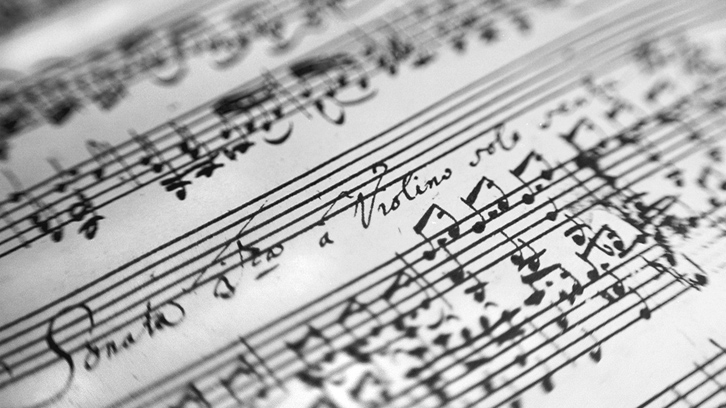Preserving ancient music scores with AI

When talking of digitalization of printed texts, we make use of a process called OCR (Optical Character Recognition), a technique that recognizes characters previously scanned. When talking of musical language, we find its analogy: OMR. The initials stand for Optical Music Recognition and it allows the computer to recognize a scanned score and transform it into a digital format. However, what happens when this score is an ancient handwritten piece? Due to dissimilarities in handwriting, the scratches and degradation caused by time, the piece is hardly recognisable.
From the analysis of pixels within the image, the computer is able to detect which note or musical symbol it is processing. In this way, it can discover that the figure it has already recognized is a treble clef instead of a bass clef or it is a sharp instead of a flat. However, it is much more complicated when the aim is to identify compound musical notes. To solve this problem, CVC researchers are developing a method that allows the separation of compound notes in order that each of their components (notes) can be reached separately and, as a consequence, recognise the whole score.
At the same time, these researchers are also investigating a method that will detect all the variations presented by the different scores of a same music piece. Very frequently, we are presented with different versions of a same piece due to the changes that orchestra conductors have made over the years. These variations can be detected manually, by analysing and comparing the scores. However, when it comes to lengthy pieces, such as operas, the task becomes endless and highly time consuming. With the system developed by Dr. Alicia Fornes and her colleagues, the computer would be able to automatically detect modified fragments, with a higher level of accuracy and saving both time and resources for musicologists.
A third research line regarding music is the possibility of discovering the author of anonymous compositions in historical musical archives. Nowadays, there is still a great musical heritage that remains stored and almost forgotten in a great number of archives in churches and cathedrals of Catalonia. The reason: nobody has spent enough time and resources collecting, scanning, editing and distributing these historical pieces. It is for this precise reason that CVC researchers have proposed a method by which computers can identify the score’s authorship by analysing and comparing the style of their musical writing.
Finally, the CVC has also developed a system for digitalizing pianola rolls. These rolls have a great historical interest since they are authentic testimonies of the musical interpretation of the first decades of the 20th century. With this procedure, the large collection of pianola rolls both from museums and libraries can be transformed into MIDI files, which make the task of preservation and dissemination a much easier process.
afornes@cvc.uab.es
Núria Martínez Segura
nmartinez@cvc.uab.es
Computer Vision Center (CVC)
Universitat Autònoma de Barcelona
References
Alicia Fornés, Josep Lladós, Jordi Roquer, Francesc Cortès. Analysis and Recognition of Handwriten Music Scores and Pianola Rolls. UNED Conferences Portal, EADH Day.


